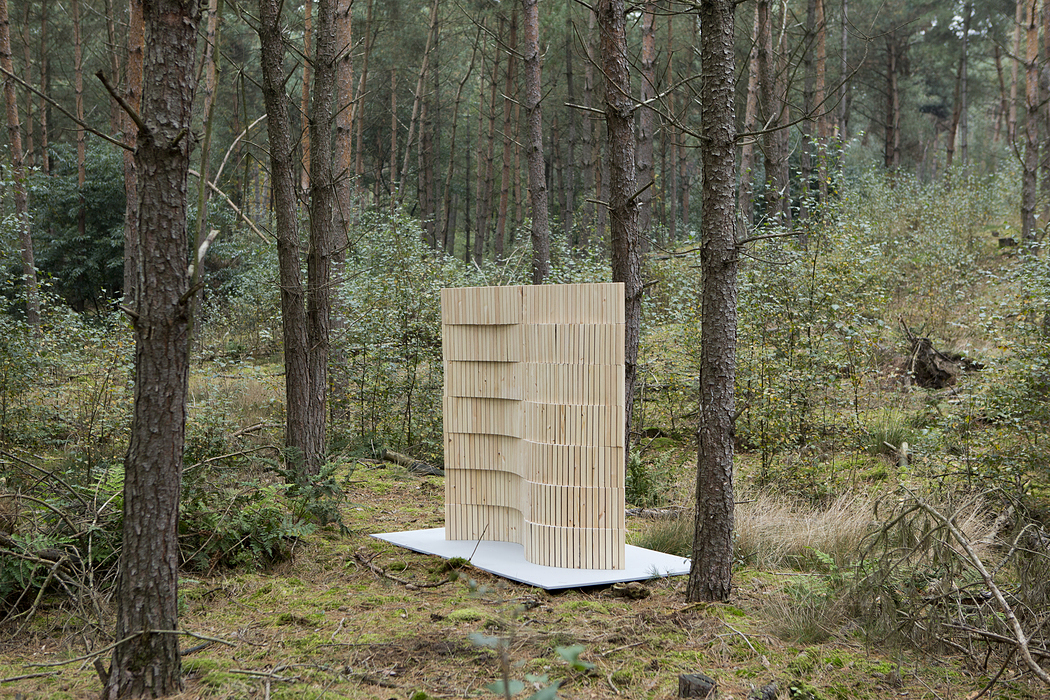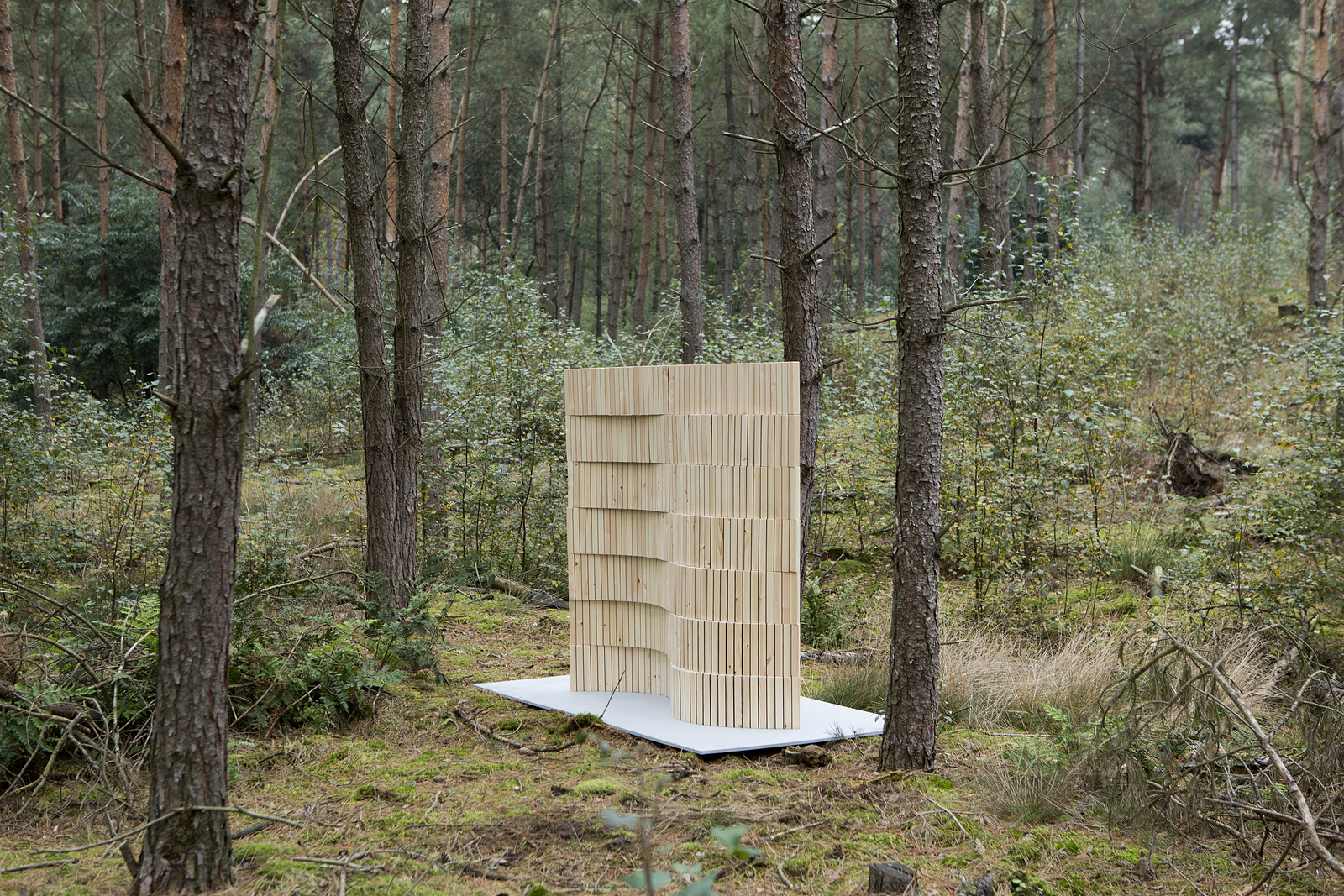David Derksen
Forming an Object Drawn from the Forces of Nature


Meet the Dutch product designer who is combining practical and experimental methods into completely new creations.
David Derksen loves nothing more than to watch the development processes of fellow designers and demonstrates this at exhibitions during Dutch Design Week which he will again participate in this year. This experimental process is not usually common in commercial art, but allows the possibility for artists to be open for commentary, collaborations and new ideas.
Inspiration for his own work is found predominantly in natural surroundings, with his design projects playing homage to these forces of nature. It’s this emphasis on natural beauty that keeps him focused on being a product designer as well as a visiting professor of product design at the Willem de Kooning Academy to share his passion for raw materials.
"These ultra light paper lampshades balance on small heavy bases. Inspired by kites and sails, the lights oscillate when you walk by or give them a little push. A breeze will let it sway gently. The paper lampshades owe their structure to different ways of pleating. Each of the three models is based on a different way of folding thereby giving each it’s own character." - David Derksen
In Rotterdam where Derksen lives and works, he runs a studio-collective that provides over 20 studios a place to work and where creativity and processes can be exchanged.
"Drawing inspiration from laboratory glassware, the measuring stripes on this carafe become more than a functional element. The carafe can contain 1 litre and is available in 4 different patterns." - David Derksen
"In the light of the title of this project , the wood has been considered as a building stone. A room divider made from 350 wooden ‘bricks’, forms a sculptural wall in the space. The blocks are held together by the black pine resin, becoming the cement of the wall." - David Derksen
Text: Sara Umbreit